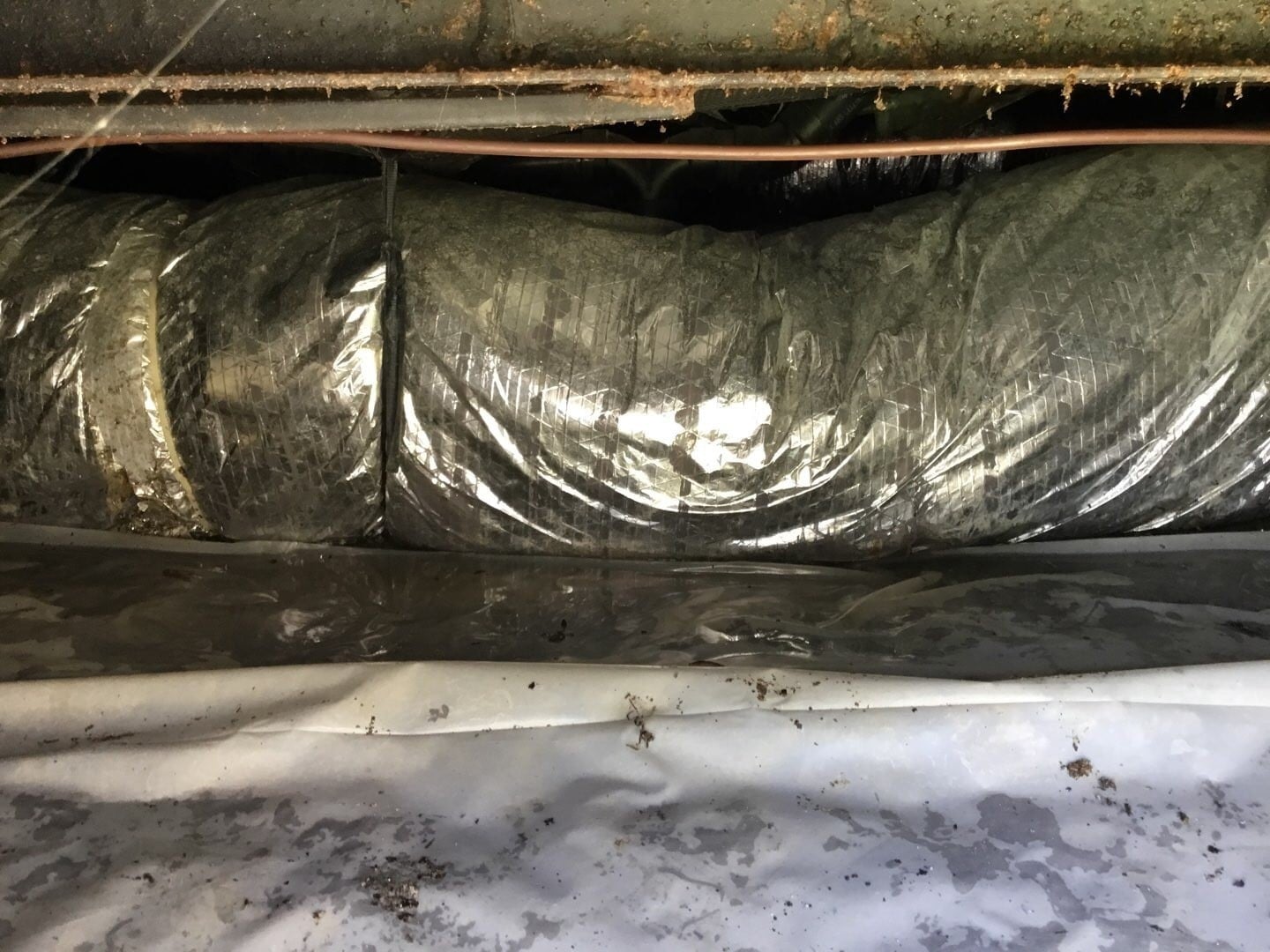
Floods not only cause catastrophic damage, but disrupt and isolate households, businesses and communities. The recovery from a flood is a long and difficult one for those afflicted by high water.
If your home or business was flooded but it is still habitable, among the first things you should do is find out if your HVAC system is still working. However, it is recommended that if your system was subjected to flood waters, you do not turn it back on until it has been thoroughly inspected for damage by a licensed HVAC professional.
Checking for Damage
Your technician will check the many components of your HVAC system, including controls, compressor, coils, blower, wiring, fans, furnace parts and ductwork. Ductwork is crucial, in that ducts contaminated by flood water can compromise your indoor air quality. Furthermore, moisture may have entered your ductwork which could lead to standing water and wet materials being a breeding ground for microorganisms, such as viruses, bacteria, and mold.
Here’s what you should know about flooded ductwork:
Ductwork and Flooding
- If your ductwork has been submerged in flood waters, it should replaced. You don’t know what contaminants were in the water, and you do not need to be breathing chemicals or biological pollutants in conditioned air when your HVAC system is turned back on. It is almost impossible to adequately decontaminate flooded ductwork.
- If your ductwork is located high enough that it was not touched by flood waters, and your HVAC technician determines that the ducts are adequately sealed so that no moisture was likely to have invaded the ducts, you may be able to use them again, even if you need to replace your HVAC system.
- Insulation around ductwork should probably be replaced if the building has been flooded. Even if it wasn’t submerged it may have gotten damp to the point where it will harbor the growth of mold.
If flooded ductwork is an issue in your eastern North Carolina home or business contact Jackson and Sons, serving Eastern North Carolina for 44 years.